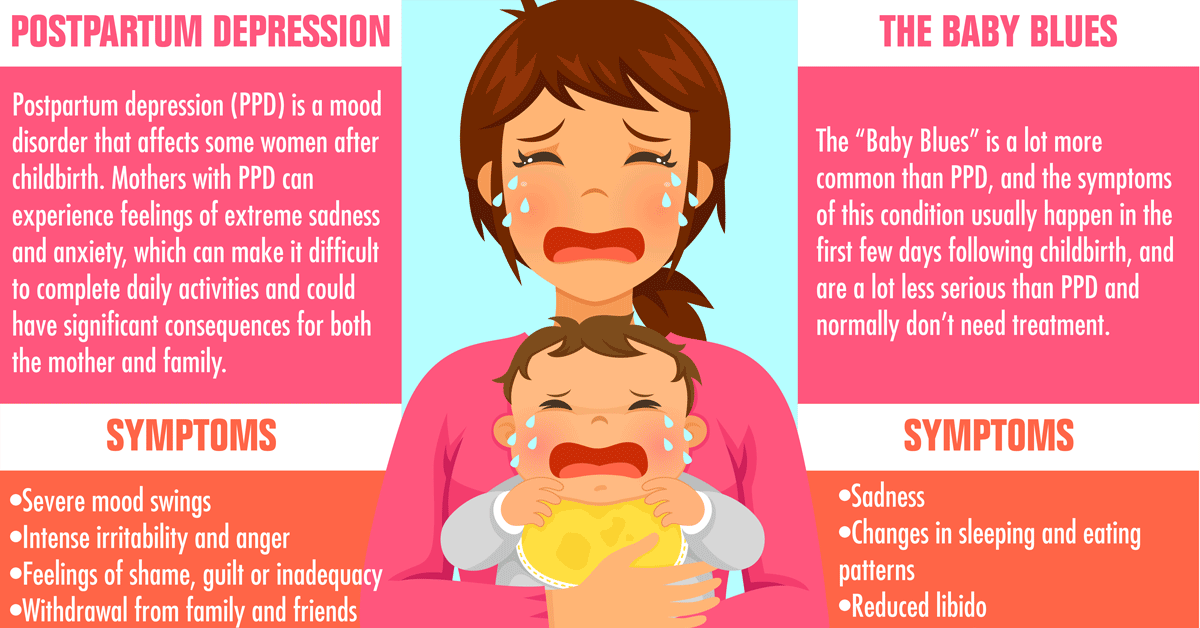Finding Free Mental Health Support Groups
Finding Free Mental Health Support Groups
Blog Article
How Do Mood Stabilizers Job?
Mood stabilizers aid to soothe locations of the brain that are influenced by bipolar affective disorder. These drugs are most effective when they are taken regularly.
It might take a while to discover the right drug that works best for you and your medical professional will monitor your problem throughout treatment. This will certainly include regular blood examinations and potentially a change in your prescription.
Natural chemical policy
Neurotransmitters are a team of chemicals that regulate each other in healthy individuals. When degrees become out of balance, this can result in state of mind conditions like depression, anxiousness and mania. Mood stabilizers aid to avoid these episodes by aiding control the equilibrium of these chemicals in the mind. They also might be used together with antidepressants to enhance their performance.
Medications that function as mood stabilizers consist of lithium, anticonvulsants and antipsychotics. Lithium is perhaps one of the most well known of these medicines and works by impacting the flow of sodium via nerve and muscle mass cells. It is frequently utilized to deal with bipolar affective disorder, yet it can also be handy in treating various other mood conditions. Anticonvulsants such as valproate, lamotrigine and carbamazepine are additionally efficient mood supporting drugs.
It can spend some time to find the appropriate type of drug and dose for every person. It is essential to work with your doctor and engage in an open dialogue about exactly how the medication is working for you. This can be especially practical if you're experiencing any side effects.
Ion channel inflection
Ion networks are a major target of state of mind stabilizers and many other medications. It is now well developed that they are vibrant entities that can be modulated by a range of outside stimuli. Additionally, the modulation of these channels can have a variety of temporal effects. At one extreme, adjustments in gating dynamics may be quick and instant, as in the nicotinic acetylcholine receptor/channel system. At the various other end of the range, covalent adjustment by protein phosphorylation may lead to adjustments in network function that last much longer.
The field of ion network modulation is getting in a period of maturation. Current research studies have demonstrated that transcranial focused ultrasound (United States) can boost neurons by turning on mechanosensitive potassium and salt networks installed within the cell membrane layer. This was shown by expressed channels from the two-pore domain potassium household in Xenopus oocytes, and concentrated United States dramatically modulated the current streaming via these channels at a holding voltage of -70 mV (best panel, family member impact). The outcomes follow previous observations showing that antidepressants affecting Kv channels control glia-neuron interactions to opposite depressive-like habits.
Neuroprotection
Mood stabilizers, like lithium, valproic acid (VPA), and carbamazepine, are essential in the therapy of bipolar illness, which is identified by recurrent episodes of mania and depression. These drugs have neuroprotective and anti-apoptotic residential or commercial properties that help to prevent cellular damages, and they additionally boost mobile durability and plasticity in inefficient synapses and neural circuitry.
These protective actions of state of mind stabilizers might be moderated by their inhibition of GSK-3, inositol signaling, and HDAC activity. Furthermore, lasting lithium therapy secures against glutamate excitotoxicity in cultured neurons-- a version for neurodegenerative problems.
Research studies of the molecular and cellular effects of state of mind stabilizers have actually shown that these medications have a wide range of intracellular targets, consisting of numerous kinases and receptors, along with epigenetic adjustments. Further study is needed to establish if state of mind stabilizers have neurotrophic/neuroprotective actions that are cell type or wiring certain, and exactly how these effects might match the rapid-acting therapeutic response of these representatives. This will aid to create new, much faster acting, a lot more efficient treatments for psychological diseases.
Intracellular signaling
Cell signaling is the process through which cells communicate with their setting and various other cells. It involves a series of steps in which ligands connect with membrane-associated receptors and cause activation of intracellular pathways that manage necessary downstream mobile functions.
State of mind stabilizers act on intracellular signaling through the activation of serine-threonine healthy protein kinases, resulting in the phosphorylation of substratum proteins. This turns on signaling cascades, bring about modifications in genetics expression and cellular feature.
Numerous state of mind stabilizers (including lithium, valproate and lamotrigine) target intracellular signaling paths by preventing specific phosphatases or triggering specific kinases. These impacts cause a decline in the activity of these paths, which leads to a reduction in the synthesis of particular chemicals that can impact the mind and bring about signs and symptoms of depression or mania.
Some local mental health support state of mind stabilizers likewise function by enhancing the task of the inhibitory natural chemical gamma-aminobutryic acid (GABA). This boosts the GABAergic transmission in the brain and lowers neural activity, therefore producing a soothing result.